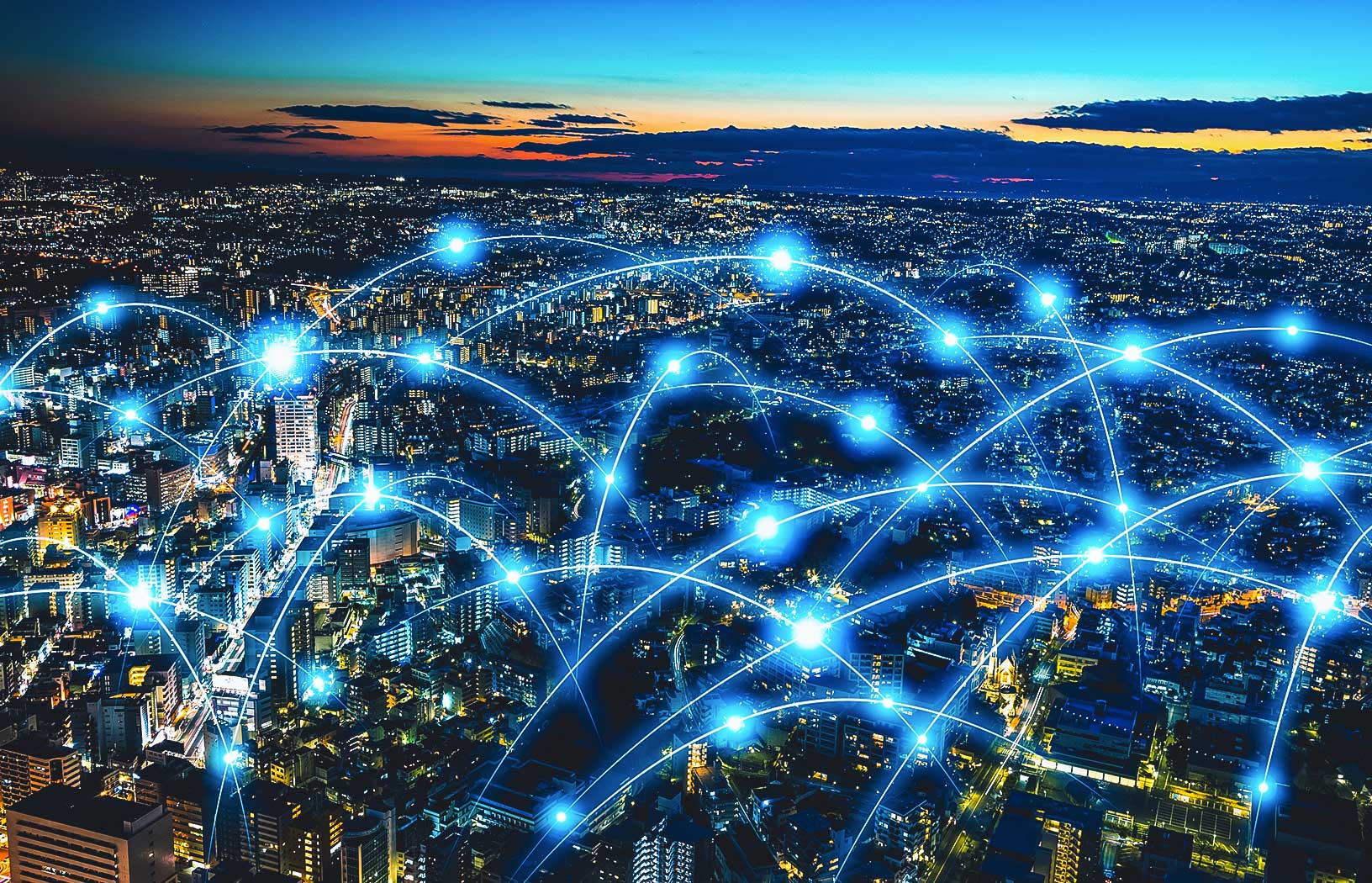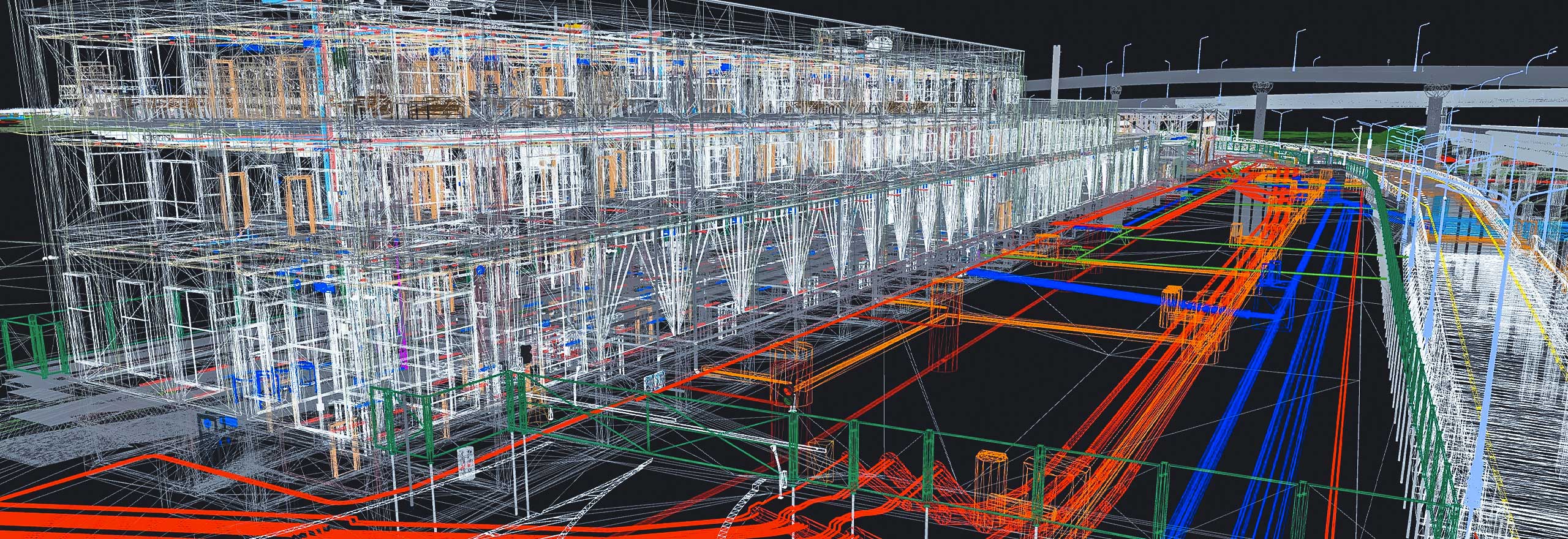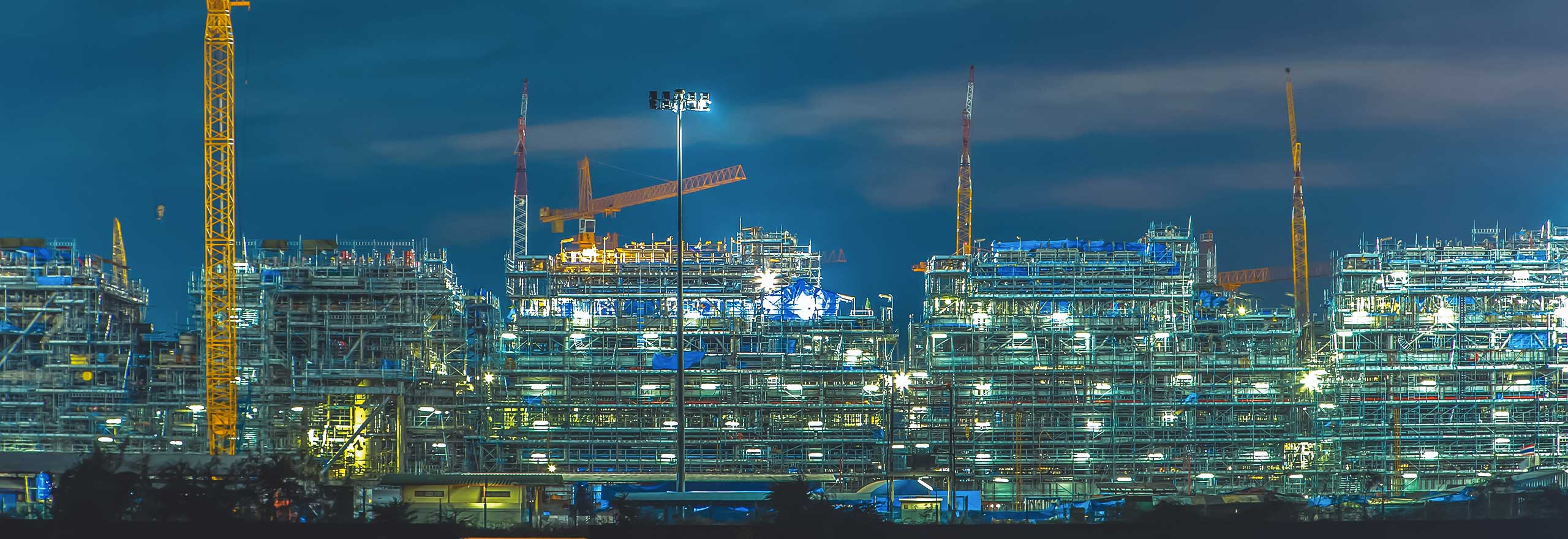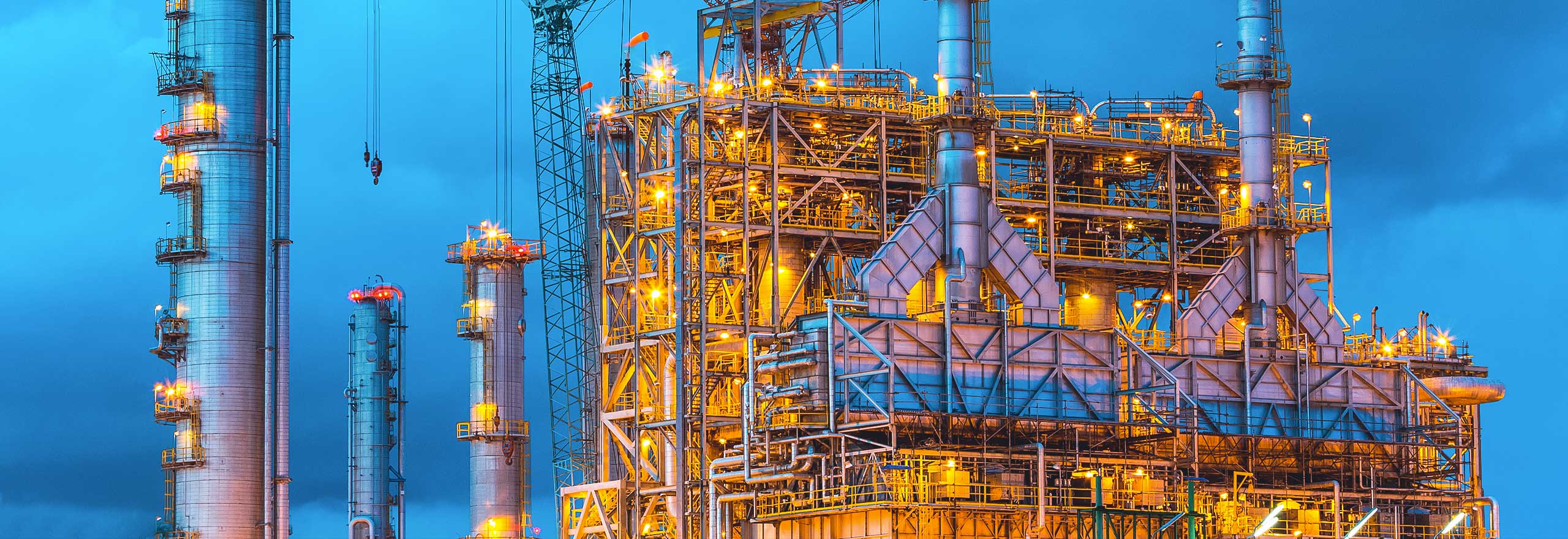Modelo 3D de visualização de ativos de engenharia
Seus projetos e dados de O&M transformados em um ativo digital inteligente para um maior desempenho comercial.
Pronto para saber mais?
Dados sobre o ciclo de vida dos ativos
-
Overview
-
For projects
-
For operations and maintenance
Digital realities for engineering assets
The volume of information created today is greater than at any other time in human history—and only a mere percentage of that data is ever used. For large, industrial assets, siloed data across many disciplines creates inefficiencies and encourages poor performance. To counter this, industry leaders are transforming their businesses to create digital twins connected by a digital threadDigital twins
Digital twins and their models are synced with their physical twin throughout service life to enable previously unattainable critical insights to help you understand the “what” and the “why”.The digital thread
The digital thread provides a means to navigate between the various digital twins used throughout the asset lifecycle to help you understand the “intent” behind the design, strategy and/or process. At Hexagon, we help our customers with the tools to create digital twins and provide the digital backbone that weaves all of the data sources into the connected digital thread.

Engineering and construction of industrial assets involves an incredible coordination effort of teams, resources and tools. As the technology advances, so do the possibilities—a single pane of glass view of every project, and all the data that makes up that project—from 2D and 3D designs, cost and schedule information, materials management and all the elements to be packaged and delivered as a digital twin to the asset owner at handover.
Hexagon asset visualisation helps create and maximise the value of the digital thread throughout the asset lifecycle. Consider these project benefits:
- Reduced process design time
- Lower CapEx for project design and execution
- Improved design review efficiency
- Decreased design errors
- Reduced project mobilisation costs
- Declining project handover efforts

Today, asset owners have a huge amount of data available—performance and telemetry—but is it being utilised to its fullest?
Consider a drive towards predictive maintenance over fixed maintenance schedules. Artificial intelligence can automatically convert a laser scan of an existing facility into a fully-tagged engineering document.
Hexagon customers can maximise the value of their digital tread throughout the asset lifecycle in many ways including:
- Reduced maintenance costs
- Enhanced situational awareness
- Improved regulatory compliance
- Better workforce productivity
- More production capacity
- Decreased inventory carrying costs

Explore
$ProductName
$SustainabilityImpactLabel
$SustainabilityCTABandHeadingLabel
Estamos escalando a curva da automação
Nossa transição para a automação inteligente está acelerando. Por fim, nossas inovações darão origem a novas tecnologias e aplicações – muitas das quais nem mesmo começamos a imaginar. Hoje, cada solução da Hexagon é mapeada e identificada de acordo com seu nível de automação, para que os clientes possam acompanhar claramente nosso progresso rumo à liberdade da autonomia.
-
Nível 0/Nenhum:
Um humano realiza todas as tarefas, nenhum dado é usado
-
Nível 1/Assistida por humanos:
Um humano é responsável por realizar tarefas, mas certas funções são automatizadas para simplificar o controle
-
Nível 2/Parcial:
Algumas tarefas são automatizadas para que a operação possa ser autônoma por curtos períodos (ou em circunstâncias específicas)
-
Nível 3/Condicional:
A operação autônoma é possível dentro de certos limites, mas a intervenção humana pode ser necessária em cima da hora
-
Nível 4/Alta:
Projetado para concluir tarefas necessárias de forma autônoma, mas pode exigir intervenção humana se as circunstâncias mudarem além dos limites específicos
-
Nível 5/Total:
Controla tarefas automatizadas sob todas as condições, mas o ser humano pode solicitar assumir o controle; pode concluir todas as tarefas esperadas sem intervenção humana
Terrenos
Produtos que causam impacto ambiental no monitoramento florestal, reutilização de materiais, agricultura ou uso de água.
Ar
Produtos que causam impacto ambiental em energia renovável, eliminação de poluição sonora e mobilidade elétrica.
Água
Produtos que causam um impacto ambiental no salvamento de nossos oceanos, reduzindo a poluição e aumentando o acesso à água limpa.






